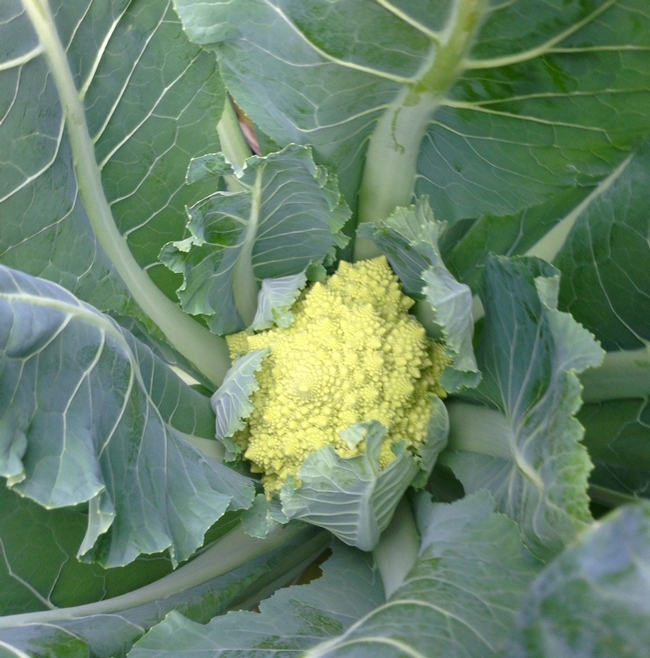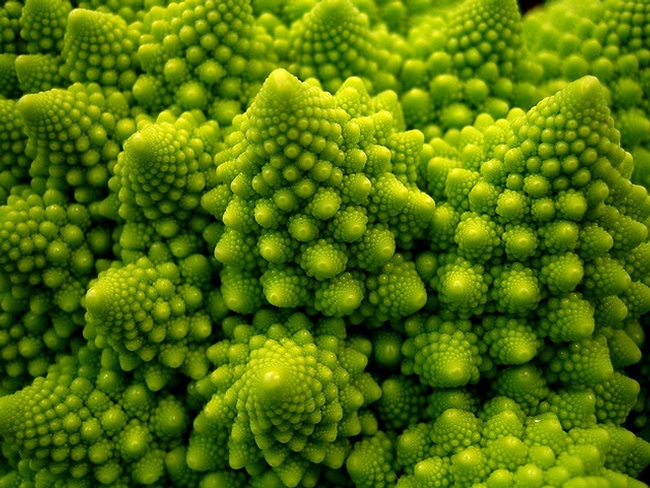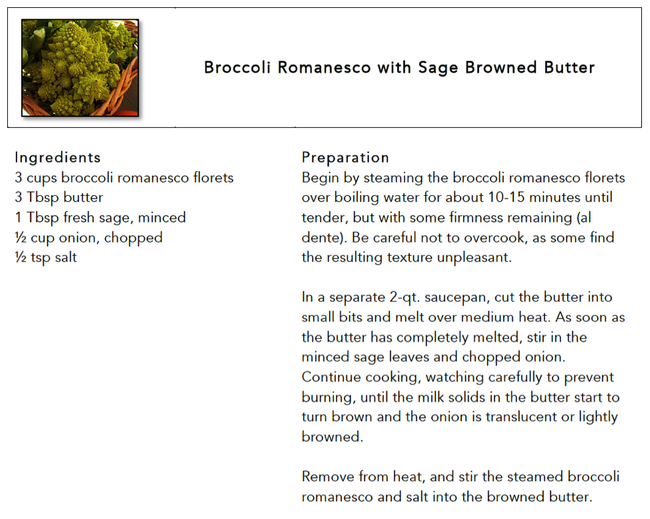Having lived most of my life in the Pacific Northwest, my frame of reference for the gardening season was this: in the spring, gardens were planted, then from May until September, things would grow, berries were picked, various crops were harvested, apples and pears ripened, pumpkins and other gourds were ready for Halloween picking, and then it was done. The gardens were shut down and left fallow for the winter. It was a very finite time, and unless someone was that rare warrior gardener willing to take on cold frames, ice and snow, and freezing temperatures, gardening ceased until the spring, when the cycle would begin again. Once the weather turned in early October, residents hunkered down to eight months of cold, wet and rainy weather (27 to 48° F, and 78.63 inches of rain, give or take a tenth of an inch).
Contrast that against Contra Costa's winters of coolish days sandwiched between cool mornings and crisp evenings. Today's temperature is a high/low of 65°/46° F. For some of us that live here, its feeling a bit nippy and we want to wrap up and hunker down inside like our Oregon counterparts (to a Portlander, though, 65° is considered balmy, and a great excuse to wear shorts; its not unusual to see Portlanders walking around with shorts, boots and a down vest in the winter).
Although it's understandable to want to hunker down and wait until early spring to begin the garden, we have perfect weather for growing cool season crops. In many ways, a cool season garden is easier to tend to than a warm season garden because:
- There are fewer insects to contend with;
- Watering needs are much lower this time of year; and
- The plants can withstand light to hard frost and temperatures down to 28° F.
My garden currently contains Romanesco, broccoli raab, and cauliflower. I grew them successfully last year, along with some spinach and lettuce varieties, and I am looking forward to enjoying them again this year.
The Romanesco is a vegetable that I hadn't heard of until last year, and I am enthralled by it. It's not only a delicious-tasting vegetable, but also a beautiful work of art, with its vivid lime green color and perfectly spiraled fractals. It is known as either Romanesque Cauliflower or Romanesco Broccoli, and is of the Brassica oleraceaspecies.
If you haven't tried a Romanesco yet, here is a recipe for Broccoli Romanesco with Sage Browned Butter for you to try, hoping that once you taste it, you'll want to grow it.
Romanesco starts are available at local nurseries. Our Garden in Walnut Creek offered Romanesco veggie starts for sale this year before the end of the season. Look for them again next year.
Other plants that do well in the winter/cool season garden are:
Light Frost Hardy (as low as 32° F). Artichokes, beets, carrots, cauliflower, celery, chinese cabbage, endive, lettuce, parsnips, peas, swiss chard, escarole, arugula, bok choy, mache, and radicchio.
Hard Frost Hardy (as low as 28° F). Broccoli, Brussels sprouts, cabbage, collards, kale, kohlrabi, mustard, onions, parsley, peas, radishes, spinach, turnips, leeks, and sorrel.


